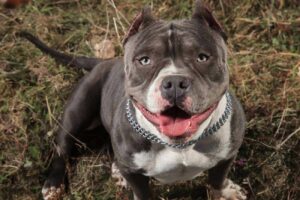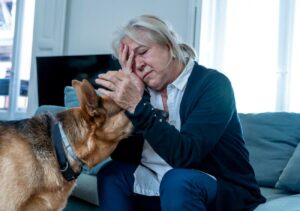If you live in a shared space like an apartment building, a small dog is an ideal choice if you are looking for a canine companion.
But, the last thing your neighbors want to hear is a dog barking at all hours.
Chances are, a yappy dog, which many small breed dogs are to one extent or another, will irritate your landlord too, which is never a good thing.
Small space living also needs to be as clean and uncluttered as possible to be pleasant, so a smaller pup that sheds a lot is not the ideal companion in these homes either.
Ideally, you could find a small dog that didn't shed or bark!
While a completely silent small dog who never sheds is NOT something you'll ever find - unless it's a stuffed toy - there are certain dog breeds that do both a lot less than many of their peers.
These are the petite pups we are going to take a closer look at here, as well as some reasons why dogs bark, why they shed, and what you might be able to do to reduce the occurrence of both in almost any dog.
15 Small Dogs That Are Not Big Shedders or Bark (a lot)
1. French Bulldogs
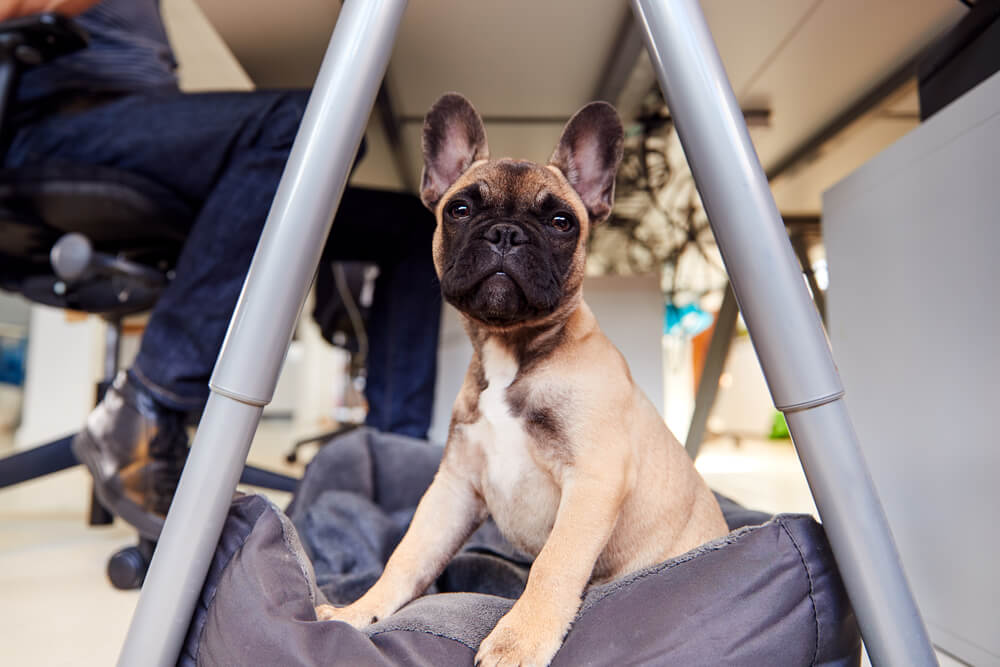
The adorable 'Frenchie' is a very popular choice for an apartment pet, often because of their cute as a button looks and their charming, but often rather lazy personalities.
Frenchies are NOT big athletes, which is a good thing, as their very short snouts makes it hard for them to breathe even on long walks.
What many don't realize is that Frenchies don't bark much, and the shedding they do is minimal.
If Frenchies do bark, it’s usually because they are acting as a guard dog, which can be a great thing in an apartment building, but they rarely do so out of boredom or habit.
Their short coats don't lose a lot of fur to shedding either, although it will look shinier if it is brushed occasionally, which is extra attention most French Bulldogs love.
2. Coton de Tulear

Another very popular small dog breed right now is the Coton de Tulear. The Coton de Tulear has a fascinating backstory.
Known as the 'Royal Dog of Madagascar' they are named after the city of Tuléar, in Madagascar.
This breed is believed to have come about as a result of a pack of little white dogs swimming across the Malagasy channel after a shipwreck several centuries ago.
These small dogs are known for their clownish ways and their desire to please and amuse their families.
They are also known for their cotton like coats, but surprisingly that fluffy fur does not result in a great deal of shedding.
Cotons are also rather quiet, regal pups and seem to think yippy barking is below them, so they don't do that very often either.
3. Shiba Inu
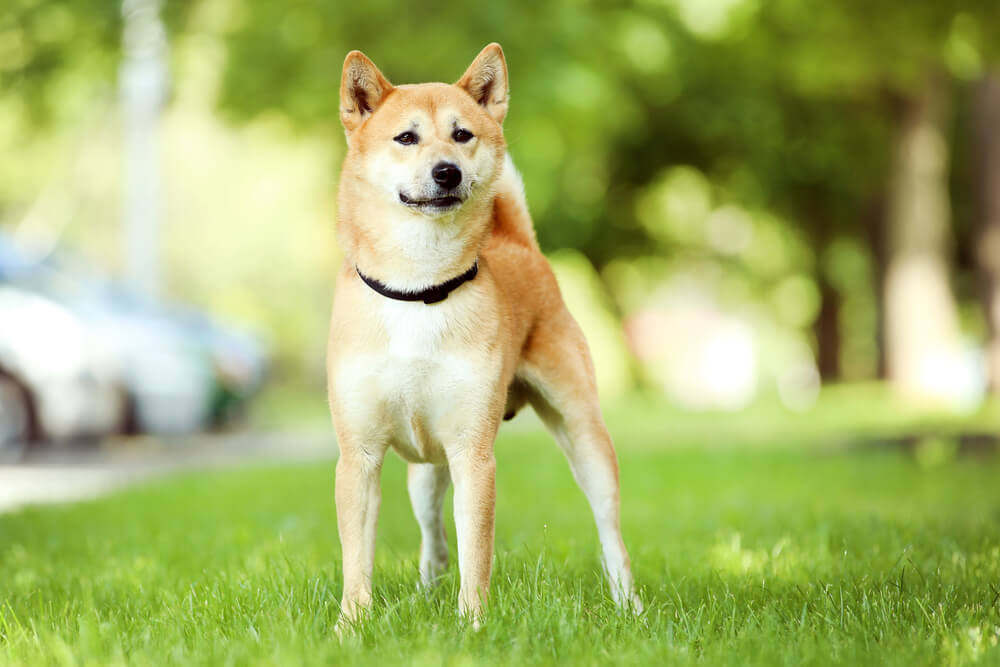
The Shiba Inu is a very popular pet in its native Japan for lots of reasons, including how real and elegant they are.
However, as most Japanese citizens in cities live in small apartments the fact that they rarely bark, and shed very little when compared to other small dogs are two of the biggest.
The Shiba Inu is the oldest of Japan's small dog breeds, appearing in paintings and literature as far back as 300 BC.
They were bred as fierce hunters, and were known to be particularly skilled, so the fact that their ancestors know when to keep quiet is no surprise, as a hunting dog can't be successful if he's too loud!
4. Italian Greyhound
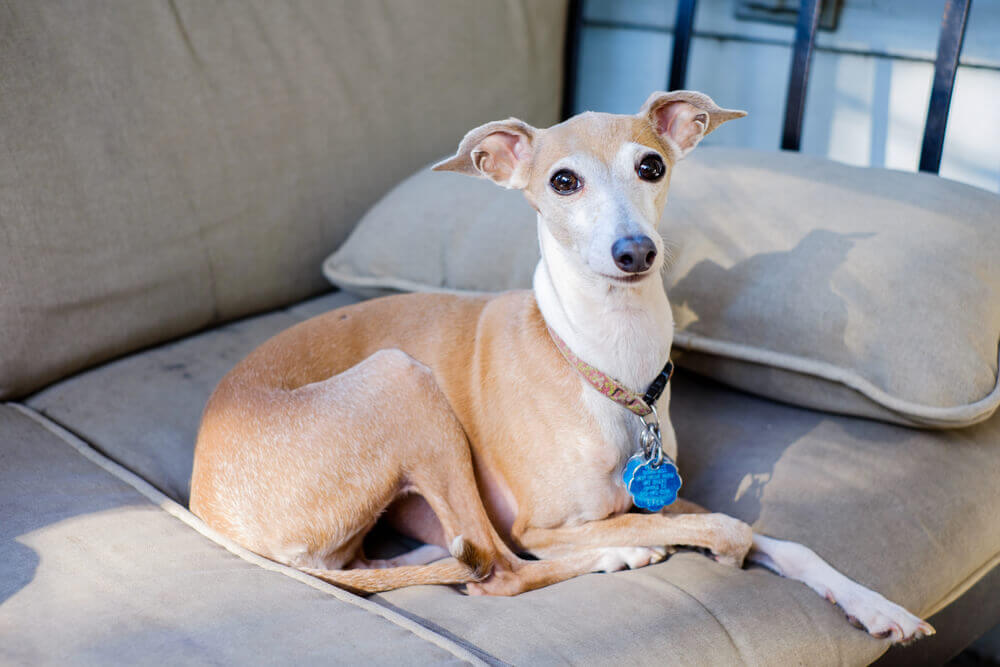
Italian Greyhounds are sleek, slim, incredibly poised and descended from lines of royal dogs.
Excessive barking would spoil that image, so perhaps that's why they don't do it a lot!
These once royal dogs have been used as racing dogs since the 16th century - it's said that Henry VIII had Italian greyhounds that outlasted most of his wives and were far better treated - and as they were good enough for the King the Italian greyhound became a popular status companion too.
His sleek, short coat is another thing the Italian Greyhound is known for, and this pup will not shed a lot at all, although regular brushing should be on the agenda, as it will make his beautiful coat even shinier.
To thrive, an Italian Greyhound requires a diet based on a lean meat and some are sensitive to grains so learning about the right food to feed this breed is key.
5. Bolognese
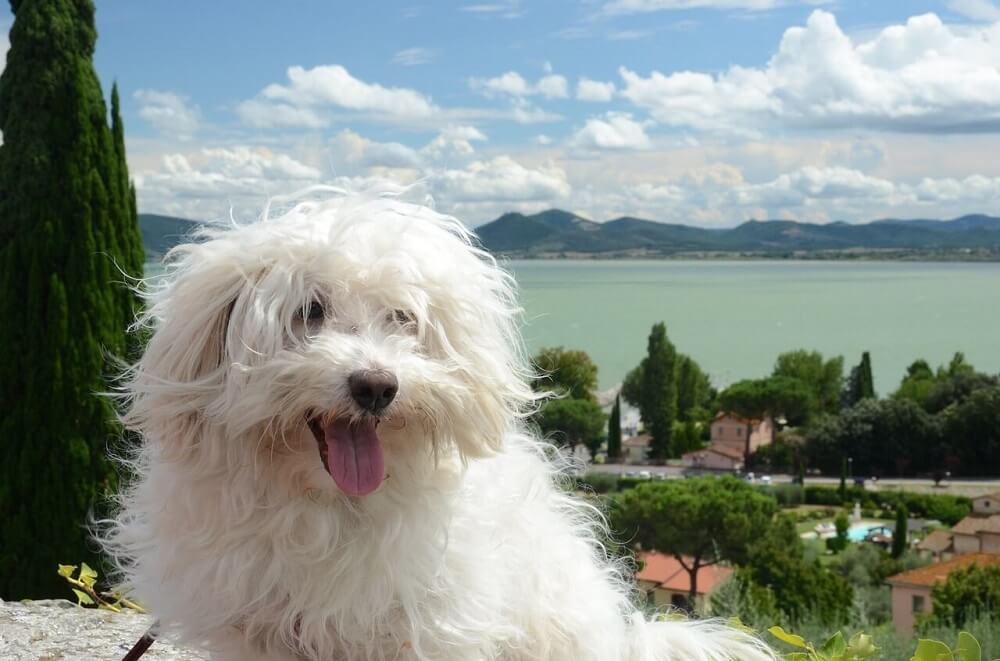
Like the pups they are often mistaken for, Coton de Tulears, the Bolognese is a small dog that does not shed a lot but still has a fluffy coat that adds a lot to their good looks and charm.
The Bolognese is, as you might have guessed, a native of Bologna, Italy, and while the breed has been around for hundreds of years, and was another favorite in the European royal courts of the fifteenth and sixteenth centuries, this low shedding, very quiet pup was at the point of extinction until several breeders who were big fans made a point of restocking the lines in the 90s.
6. Japanese Chin
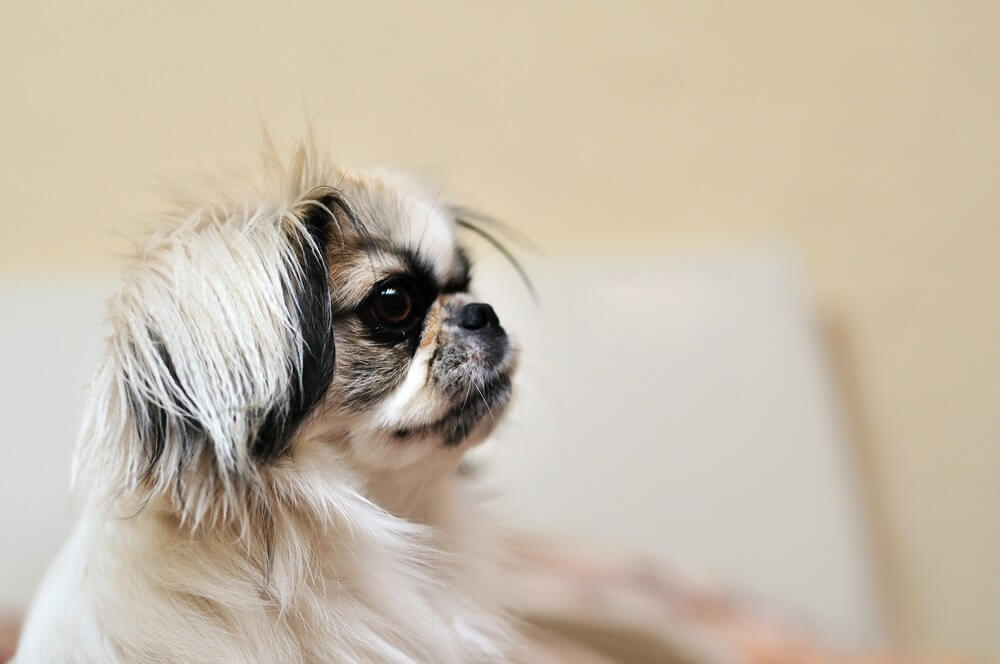
Another very elegant Asian pup, the Japanese Chin is usually very calm and quiet, but don't be fooled by his calm demeanor, as they are also very intelligent and even cunning, especially when it comes to getting what they want.
They enjoy playing, but won't demand too much exercise, possibly because they are aware of the fact they were bred as lap dogs for the wealthy, and that their place is on a pillow at home.
Bred as companion dogs to royalty, these pups have elegant, silky coats, but they only shed biannually and then do not do so excessively, especially if you keep up with regular brushing to help their fur stay as bright and shiny as it should be.
7. Shar-Pei

Staying in Asia, the Shar Pei is one of the most fascinating pups in the world to look at, and under all of that wrinkled skin there really isn't a great deal of hair for them to shed!
They also rarely bark and make loving family pets, if mischievous ones if they are not properly trained.
Shar Peis do require a larger degree of special care than some other small dogs though, as it is very important that their skin is kept clean, healthy and supple.
To do this, you will need to put in some time learning just how that's done, and making a point to keep the care up, as well as ensure that their diet is one that gives them lots of skin and coat healthy nutrients.
8. Cavalier King Charles Spaniel

Although they are known for their long floppy ears and lustrous shiny coat - which will need plenty of grooming - Cavalier King Charles Spaniels don't actually shed a lot of that lustrous coat, especially if they are brushed as often as they should be.
Another dog with a serious royal pedigree - the monarch for which they are named, King Charles II owned more than a dozen of them at any given time - they are happy to be apartment dwelling lapdogs and don't make much noise at all, although they may resort to boredom barking if they do not get enough mental stimulation.
9. Basenji
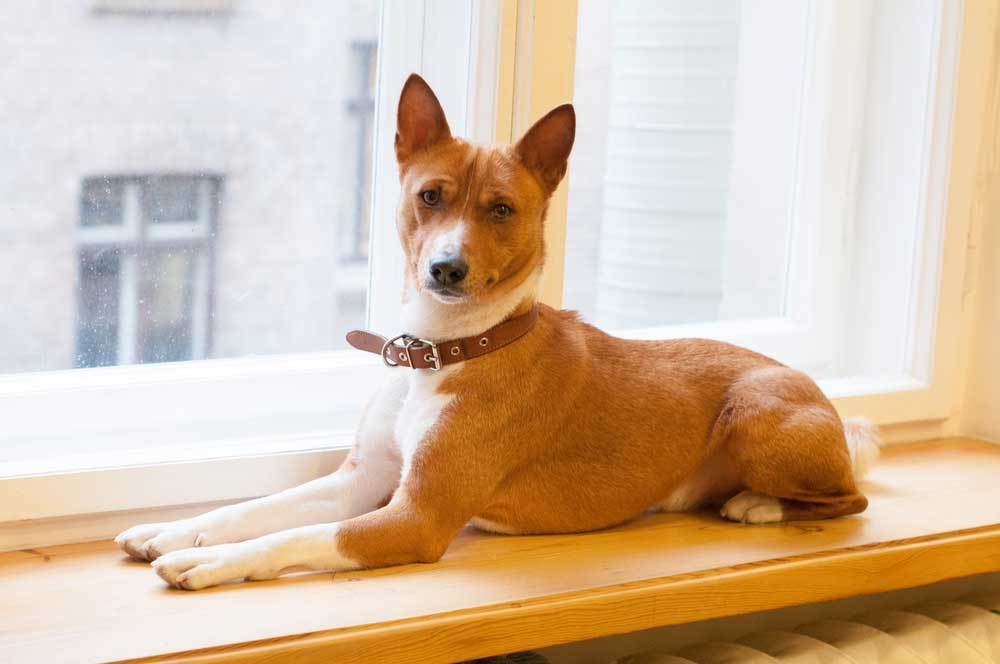
The Basenji has long been known as the dog who does not bark, and that's absolutely true. It's not because they don't want to, they just can't, as their flat larynx just won't create the sound.
They will howl and whine, but usually that behavior is occasional, as long as they are mentally stimulated and do not feel threatened.
As they are hunting dogs by nature, Basenjis are relatively easily trained out of even these behaviors, and are usually loving and placid around the people they know.
10. Boston Terrier
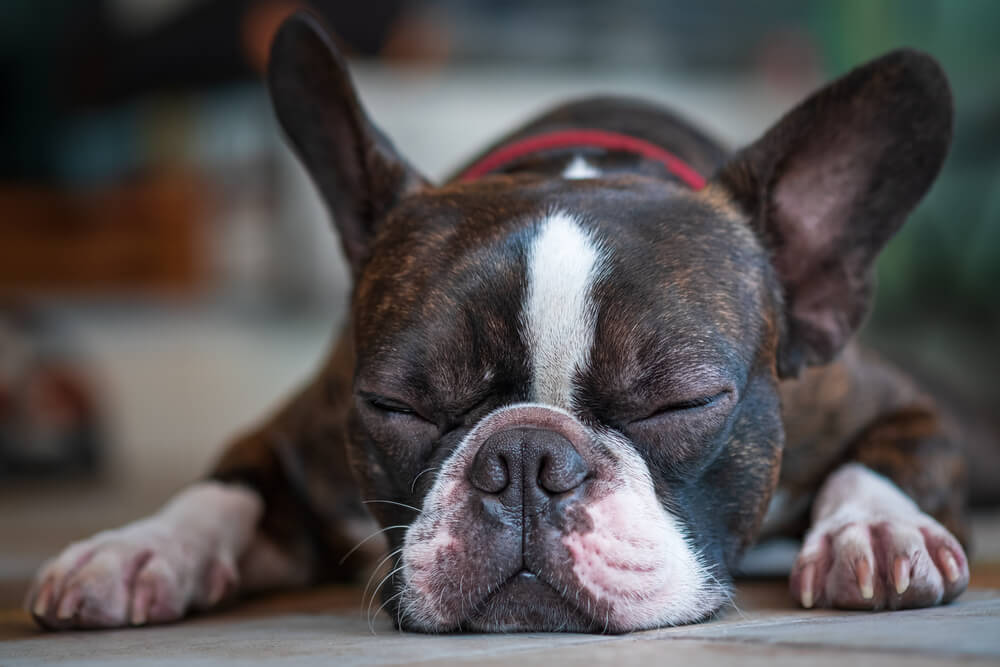
A lot of terriers do bark quite a lot, but the Boston Terrier is usually not one of them.
Boston Terriers are known to be a little too lazy to bother with that kind of nonsense, although they might get quite animated - and bark - if they sense danger.
As they have a short, wiry coat, Boston Terriers don't shed a lot either, although a regular brushing will help to maintain the good looks associated with the tuxedo coat that helped give them their name!
11. Havanese
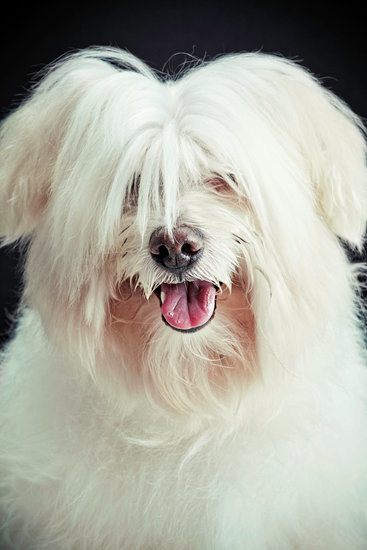
The Havanese is a part of the same family of small lap dogs as the Bolognese.
They have thicker coats, but they only shed twice a year, and then, if they have been brushed regularly, that will not result in a lot of excess dander.
As they are calm pups on the whole, who don't make a lot of demands other than for a warm lap to sit on and some good food, they make good urban dwellers as they don't need a great deal of exercise, meaning that a short walk around the block a few times a day is usually all you'll need to plan on.
12. Chinese Crested
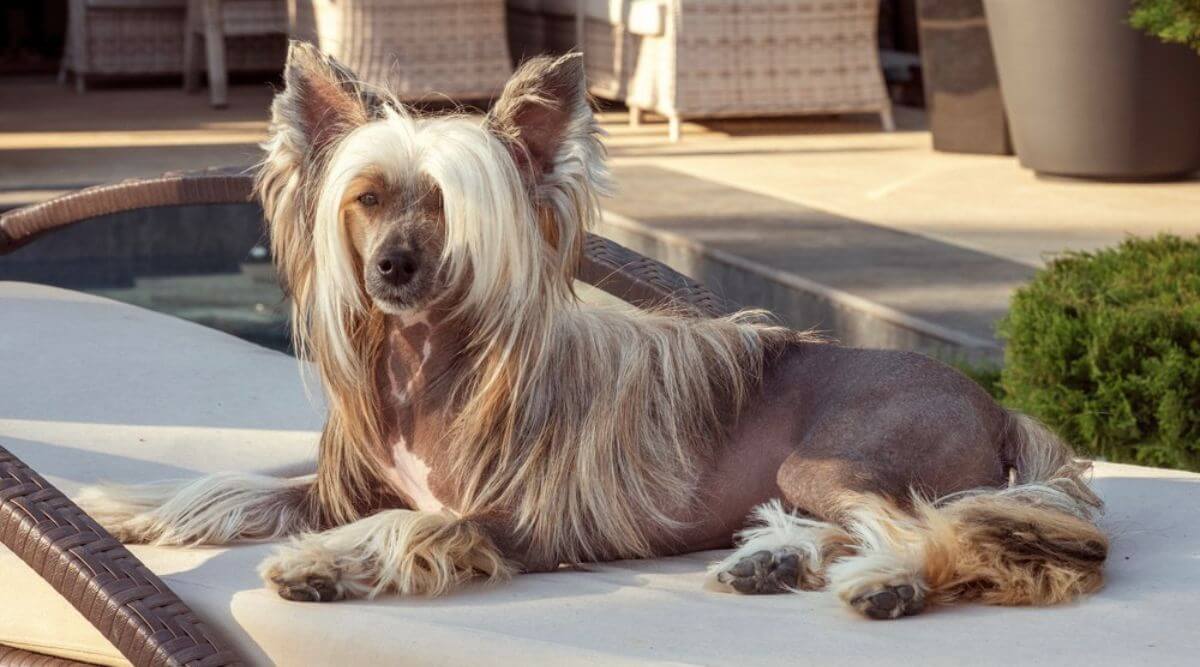
Contrary to popular opinion, not all of these very distinctive little dogs are hairless.
The hairless variety, which has hair just on its head, tail, and paws, and the powder puff variety, which is entirely covered in fur, can both be born in the same litter.
Dogs with 2 hairless genes do not survive the embryo stage; the lack of hair is caused by a single dominant gene. For the breed to persist, it is necessary to have both varieties, something that breeders have to keep in mind at all times.
Whichever Chinese Crested you choose you'll be choosing a loyal, smart lapdog who loves to play and is on the whole a quiet little pup. If yours is a puffball they will need some brushing and grooming, but even they do not shed a lot.
13. Pembroke Welsh Corgi
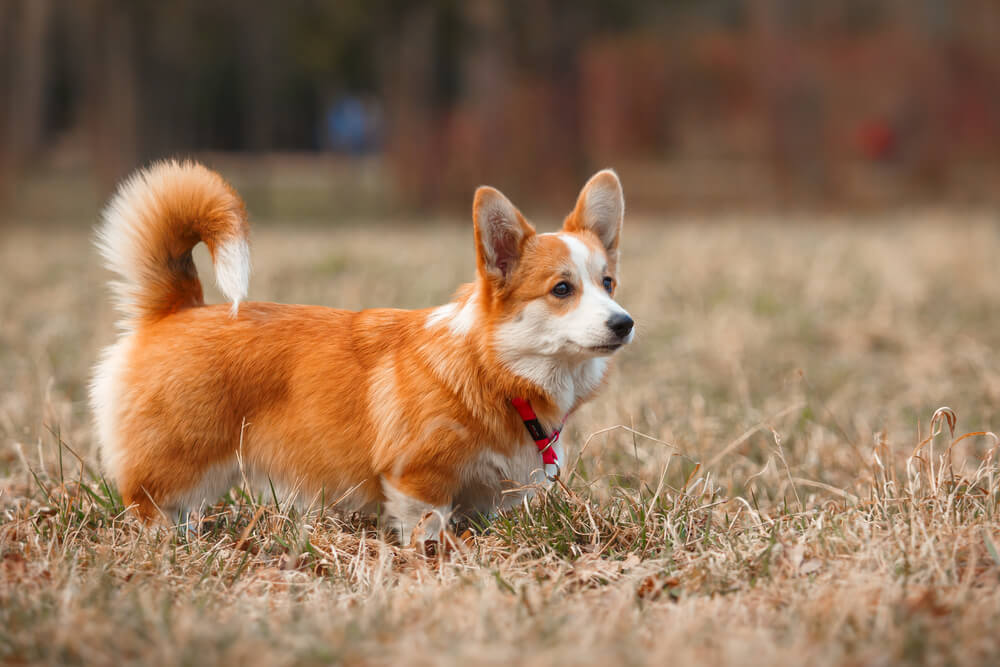
Heard that name before?
Pembroke Welsh Corgis are the favorites of Queen Elizabeth II that you have no doubt seen her photographed with often (and might have seen the cameo they made with Her Majesty and James Bond for the London Olympics).
Pembroke Welsh Corgis are small, lively, very intelligent and really don't bark much at all.
Their short, wiry coat results in very little shedding either. They were bred as stealthy herding dogs, so unlike some small dogs they do like lots of exercise and playtime and are also easy to train.
14. English Bulldogs
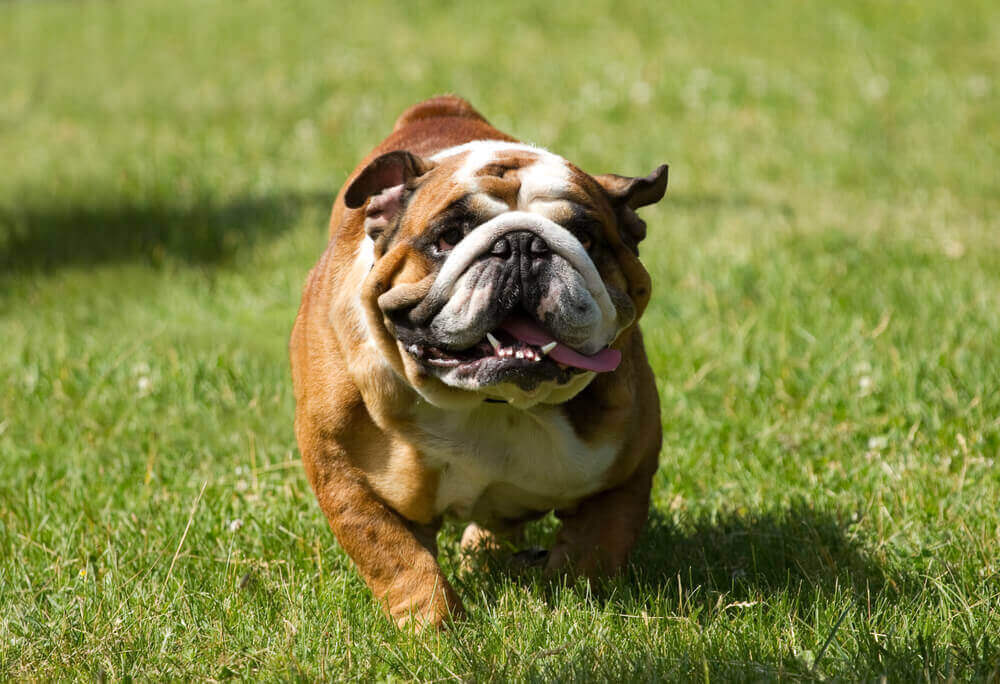
At first glance, English Bulldogs look like they might bark a lot, as they appear a little fierce. But they are not.
They are goofy, lazy, loving pups who are usually too busy sleeping, eating or playing to bark. They are not big on walking either, especially if it's warm outside, as they do tend to overheat quickly.
As for shedding, the short, smooth coated English Bulldog does not do too much of that either, and while they don't NEED a lot of grooming they won't object to the idea as it's just another opportunity for them to get some extra attention.
15. Xoloitzcuintle

via flickr/subzonica
Last, but not least, is the dog that people often think of when it comes to dogs who don't shed: the Xoloitzcuintle aka the Mexican Hairless.
The 3,000-year-old Xoloitzcuintli, the dog of the gods of the ancient Aztecs, is still a devoted friend to humans today.
There are three sizes and two coat types of the watchful and dependable Xolo. A toy, hairless Xolo really does not have any hair at all (and thus won't shed) but even the haired variety will not shed a lot.
The only time a Xolo will bark is if they feel it is time to go into guard dog mode.
As very smart dogs they are easy to train on proper barking (as in not at everyone who comes to the door) and they love to play and be around their family.
This does mean they are not pups who like to be left alone for too long, and if they are, separation anxiety might lead to more barking than usual.
What Are Some Common Traits of Dogs That Don’t Shed or Bark?
As you can now see from this list, often the dogs who do not shed a great deal are smaller dogs (although not always), have shorter or wiry fur - although some silky coated breeds don’t shed a great deal either - and are often very intelligent pups or dogs with a hunting ancestry.
Hunters don’t bark a lot, as if they did, that would make them very bad at their ‘job’.
Remember: Dogs Who Don’t Shed Much Can Still Be High Maintenance
As we have touched on here, in some of the individual breed descriptions of these low shed pups, many dogs who do not shed much can still need plenty of grooming and brushing, as well as a diet that is conducive to skin and coat health.
Many of these breeds are also short snouted pups, or brachycephalic breeds, which means they are likely to be particularly temperature sensitive, especially in the heat, and may seem to get out of breath quickly on even the shortest walks.
This means they often need special care, although your vet should be able to help you determine exactly what that should entail for your unique pup.
Related: Best 13 Dog Breeds for Hot Weather
3 Things To Keep Dogs Including Quiet Breeds From Barking Unnecessarily
Also, as we mentioned earlier, there is no such creature as a dog who never barks.
For example, most of the pups on this list will bark if they feel that their home - or their family - is under threat.
In many ways this is a good thing, although you may have to show them that the mailman and the UberEats person are not the enemy!
However, there are also some simple things you can do to help curb unnecessary barking in almost any dog, even the quiet ones:
- Make sure they get enough playtime. Even though many of the small dogs mentioned here are not big on walks, they do all love to play, especially those who crave a lot of mental stimulation. Ensuring they get enough playtime helps prevent them barking out of sheer boredom, which some pups do.
- Address and separation anxiety. Some dogs only bark when they are left alone, which is often the result of separation anxiety, i.e.: they hate being alone. If leaving them home alone for a while is unavoidable, and it seems to be causing nuisance barking, and/or other behavioral issues like destructive chewing, it's something that needs to be addressed, starting with a conversation with your vet.
- Make sure their brains are getting a workout too. Lots of small dogs have big brains, and without enough mental stimulation they may develop bad behaviors, including barking more often. Puzzle toys can be very helpful here, as can making their playtime with you more challenging by adding agility activities.

